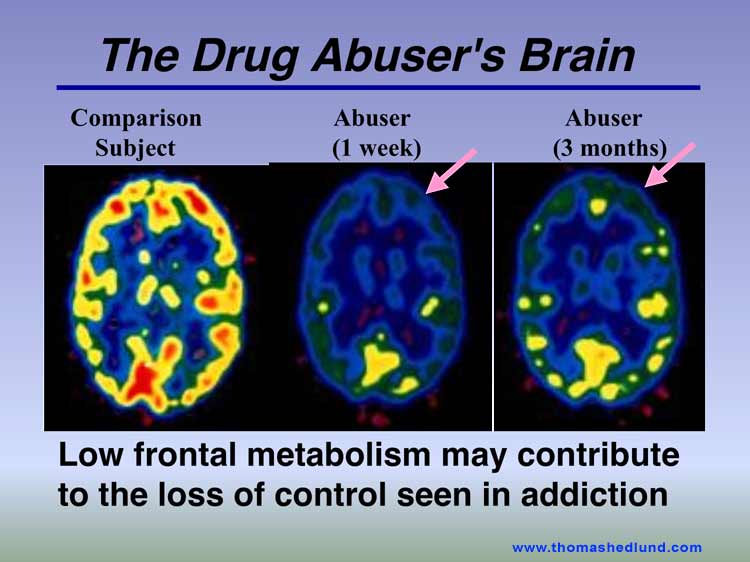Low Dose Chemo and Cancer Treatment
Low dose chemo is an effective alternative cancer treatment approach
 Insulin potentiation therapy (IPT) is the utilization of low doses of chemotherapy and insulin in treatment of cancer. The insulin potentiation therapy may also be used in treatment of other chronic diseases. The use of low dose chemotherapy is safer as compared to conventional chemotherapy that leave patients with many life threatening side effects. The conventional chemotherapy does not only kill the cancerous cells but also kill the healthy cells in the patient’s body leading to a period of intense pain, loss of appetite, loss of hair, weakness, fatigue and even weight loss. The ability of coping with the side effects of conventional chemotherapy varies from patient to patient but generally the experience is not for those faint at heart. These inconveniences have led the patients to look for other safer alternatives in cancer treatment and doctors as well as other medical researchers have been looking for alternatives that can help the cancer patients to be treated more effectively with less severe side effects.
Insulin potentiation therapy (IPT) is the utilization of low doses of chemotherapy and insulin in treatment of cancer. The insulin potentiation therapy may also be used in treatment of other chronic diseases. The use of low dose chemotherapy is safer as compared to conventional chemotherapy that leave patients with many life threatening side effects. The conventional chemotherapy does not only kill the cancerous cells but also kill the healthy cells in the patient’s body leading to a period of intense pain, loss of appetite, loss of hair, weakness, fatigue and even weight loss. The ability of coping with the side effects of conventional chemotherapy varies from patient to patient but generally the experience is not for those faint at heart. These inconveniences have led the patients to look for other safer alternatives in cancer treatment and doctors as well as other medical researchers have been looking for alternatives that can help the cancer patients to be treated more effectively with less severe side effects.
The history of Insulin potentiation therapy (IPT) can be traced back to the early 1920s when insulin was first used in the attempt to treat patients with schizophrenia. Dr. Donato Perez Garcia, Sr. developed IPT and used it to put cancer patients to coma in an attempt to treat them of cancer. His sons took the practice a head and today very many doctors now recommend the use of IPT in treatment of cancer, Needless to mention several publications have been made to avail information in support of this approach to cancer treatment.
Insulin and Cancer
Insulin is the hormone charged with the responsibility of transporting glucose through the bloodstream to the cells to provide energy. This glucose is needed by both healthy cells and the cancerous cells to survive.
One of the notable difference between cancer cells and healthy cells is that cancer cells depend entirely on sugar and glutamine which is a form of amino acids found in highly concentrated animal proteins. The cancer cells will therefore use all the sugar (glucose) that is found in the bloodstream leaving the healthy cells with inadequate sources of energy to survive on. The healthy cells having no glucose left to utilize become starved and this explains why most cancer patients are always weak and rapidly lose weight.
The amount of insulin used to transport the glucose into the cancer cells is much higher as compared to the amount of insulin hormone used to transport glucose into the healthy cells. Averagely the cancer cells need 16 times more insulin hormones to feed its cells with the glucose.
The cancer cells are very fast in grabbing the glucose available in the blood and that is the basis through which PET scan works. During PET scan a radioactive agent is introduced into the bloodstream within a glucose molecule and since the cancerous cells are the first to race for sugar, they become visible through the scan.
IPT works in the same way as the PET scan, the low doses of chemotherapy drugs are administered in the bloodstream within the glucose molecules and so the cancer cells come scrambling as they are faster in response to glucose than the healthy cells. They utilize the ‘poisoned’ glucose and get killed sparing the healthy cells. In IPT healthy cells are not killed as it happens in the conventional chemotherapy where both the cancerous and the healthy cells are killed. This explains why patients on low dose chemotherapy do not suffer severe side effects as common with patients undergoing conventional chemotherapy.
Potentiation in the IPT is an English word derived from a verb ‘potentiate’ which means to give more power or other to make more potent. In this therapy insulin is used to make conventional chemotherapy more powerful and effective in killing the cancerous cells.
A study that was done at the George Washington University in 1981 revealed that when insulin is mixed with a chemotherapy drug, methotrexate, its strength in killing the cancerous cells improved greatly. With that high potency, patients no longer needed to be given so many drugs to kill the cancerous cells. This combination not only made cancer treatment more effective but also gave convenience to patients as they did not have to use too many drugs to keep healthy.
In numerous ways insulin can help in treatment of cancer patients. Being a hormone that encourages growth, it will trigger cell multiplication by dividing. This allows healthy cells to be more while it puts the cancer cells in a more vulnerable state to be killed by the poisoned glucose molecule in that as the cell divides, it becomes more exposed to the chemotherapy drug in the glucose molecules speeding their death frequency.
IPT is surely a clever way to kill the cancer cells. You see, Insulin is also known to promote detoxification process as it makes the cells more permeable. This makes it easy for the toxins to be removed from the cells. Detoxification is a crucial procedure in cancer treatment and can be highly achieved through IPT as opposed to the conventional chemotherapy.
The use of low dose chemotherapy has gained popularity over a time and doctors have endorsed this alternative cancer treatment. Going by the simple physiology discussed herein you can see how effective the IPT approach to cancer treatment is. Other advantages that the patient enjoys are that the whole procedure does not leave the patients with life threatening side effects as common in conventional chemotherapy. The drugs given to patients are also manageable as they are more potent. Healthy cells are safe and the patients do not become bald.
Cancer treatment is subject to new inventions and that gives you a reason to find a reliable source of information that will update on the latest medical inventions geared towards making cancer treatment more effective. Contact Dr. Dalal Akoury (MD) who is more experienced in cancer treatment so that you can learn more on cancer treatment and management.



















 Peppermint: Nature’s Cure for IBS
Peppermint: Nature’s Cure for IBS












